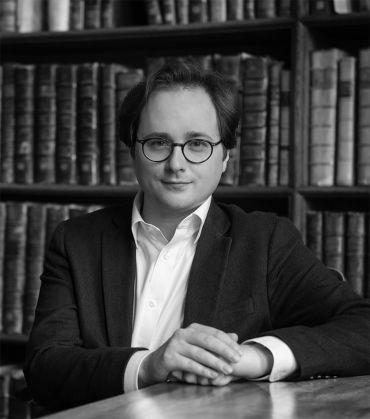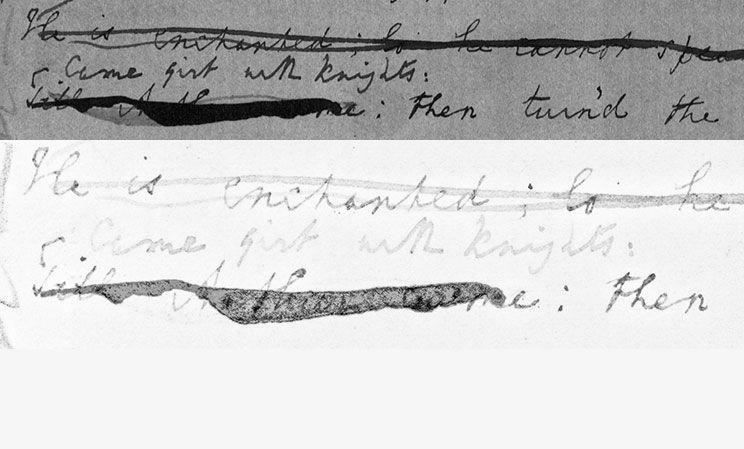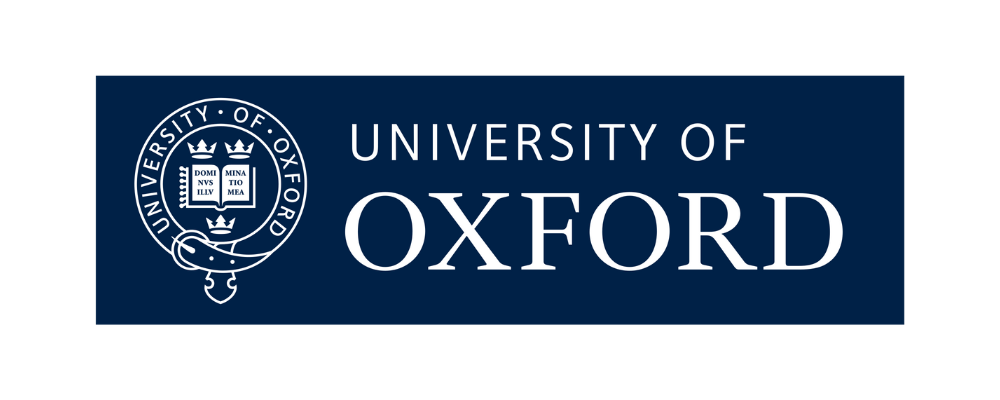 Dr Michael J Sulliivan, Credit: John Cairns
Dr Michael J Sulliivan, Credit: John Cairns
Dr Sullivan’s team has been using multispectral imaging, along with X-ray fluorescence and fibre-optic reflectance spectroscopy, to explore previously hidden parts of manuscripts. Multispectral imaging involves capturing a variety of images in different spectral bands, or wavelengths, from infrared to ultraviolet. By imaging a manuscript with over 40 different illuminations, the research team was able to draw out details beyond the normal visual range of the naked eye. Using advanced digital processing, they were then able to combine and process the imaging results, analysing changes in the author’s ink and enhancing writing that had been lost.
By applying these techniques to Tennyson’s manuscripts, the research team was able to see past crossings out, blots, and environmental damage that had obscured the original text, allowing them to observe for the first time text which had previously been beyond the reach of scholarship. They were able to uncover text that had been edited out of Tennyson’s work by the author himself, giving scholars a new insight into the creative decisions he made while composing his famous works.
 Before and After: Multispectral image processed by Michael J Sullivan from raw imaging by Andrew Beeby, compared with conventional digitization from the Wren Library. With thanks to the Master and Fellows of Trinity College, Cambridge.
Before and After: Multispectral image processed by Michael J Sullivan from raw imaging by Andrew Beeby, compared with conventional digitization from the Wren Library. With thanks to the Master and Fellows of Trinity College, Cambridge.
The findings arise from the project Recovery of Literary Manuscripts, which was founded by Dr Michael Sullivan (Oxford) as Principal Investigator with his co-investigator Prof. Andrew Beeby (Chemistry, Durham).
Our project is developing new digital techniques to restore lost literature that has remained beyond the reach of readers. Whether from environmental damage, redaction, or authorial revision, many factors affect how much of modern literature survives for us to read today. Reading this recovered text helps us to illuminate the creative process behind works of art, but also to restore valuable parts of the world’s cultural heritage.
Dr Sullivan said: ‘Our project is developing new digital techniques to restore lost literature that has remained beyond the reach of readers. Whether from environmental damage, redaction, or authorial revision, many factors affect how much of modern literature survives for us to read today. Reading this recovered text helps us to illuminate the creative process behind works of art, but also to restore valuable parts of the world’s cultural heritage’.
The text will be included in The Complete Works of Alfred Tennyson for Oxford University Press, and the team is already applying the techniques to other authors, which is expanding understandings of their artistry. Although types of multispectral imaging have previously been used in the world of art, uncovering paintings underneath masterpieces, this project is among the first to apply, adapt, and develop advanced processing techniques for the study of modern anglophone literature. The techniques used could have transformative effects for how scholars can work with archives, illuminating obscured and damaged cultural texts.
Find out more about Dr Sullivan’s research project, Recovery of Literary Manuscripts, on the project website and in Michael J Sullivan, Roger Easton Jr, and Andrew Beeby, ‘Reading Behind the Lines: Ghost Texts & Spectral Imaging in the Manuscripts of Alfred Tennyson’ in The Review of English Studies.
“The University of Oxford is a collegiate research university in Oxford, England. There is evidence of teaching as early as 1096, making it the oldest university in the English-speaking world and the world’s second-oldest university in continuous operation.”
Please visit the firm link to site


